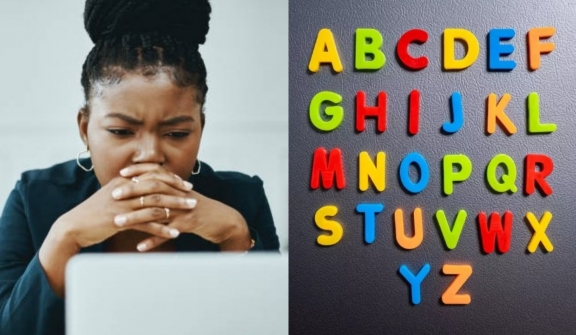
For centuries, students learned the alphabet with its 26 letters from A to Z. However, a surprising discovery recently revealed a forgotten 27th letter.
According to Tiktoker @zachdfilms3, the forgotten 27th letter is none other than the humble ampersand, or "&" symbol.
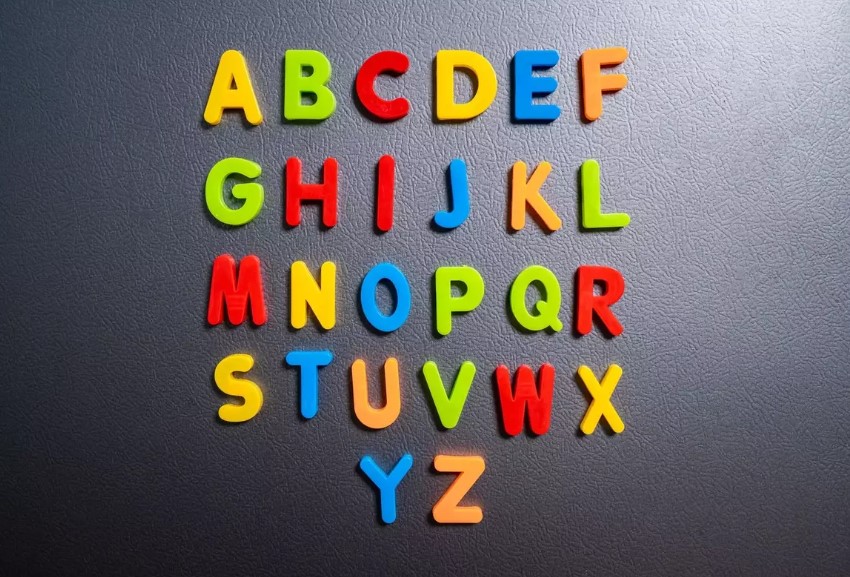
This discovery has stunned viewers, who previously believed the alphabet contained only 26 letters.
The ampersand's origins can be traced back to the Roman era when it was used as an abbreviation for the Latin word "et," meaning "and."
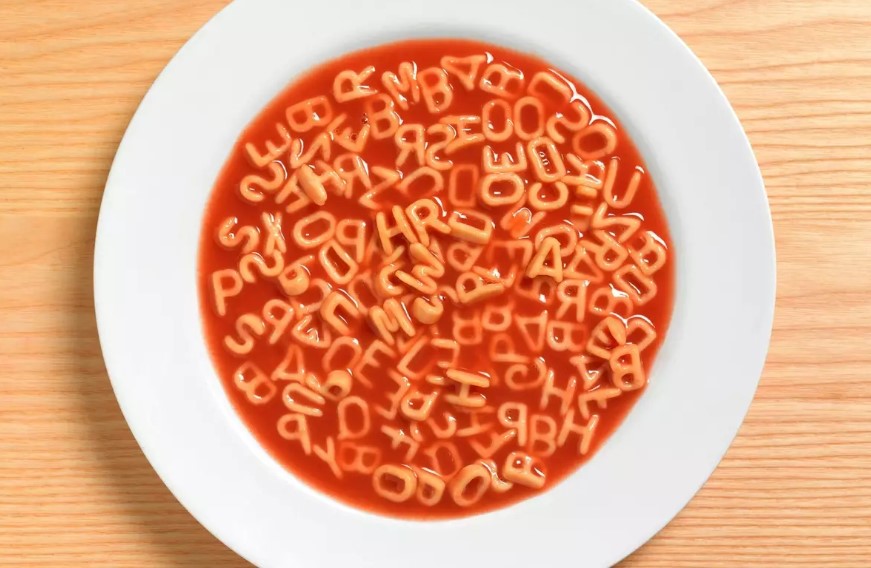
Over time, the letters 'E' and 'T' were gradually combined through cursive handwriting, eventually forming the distinct ampersand symbol we recognize today.
In the 19th century, the ampersand was officially recognized as the 27th letter of the alphabet, at least in Britain. Students were taught to recite the alphabet with a slight twist, saying "and per se and" after reaching the letter 'Z.'
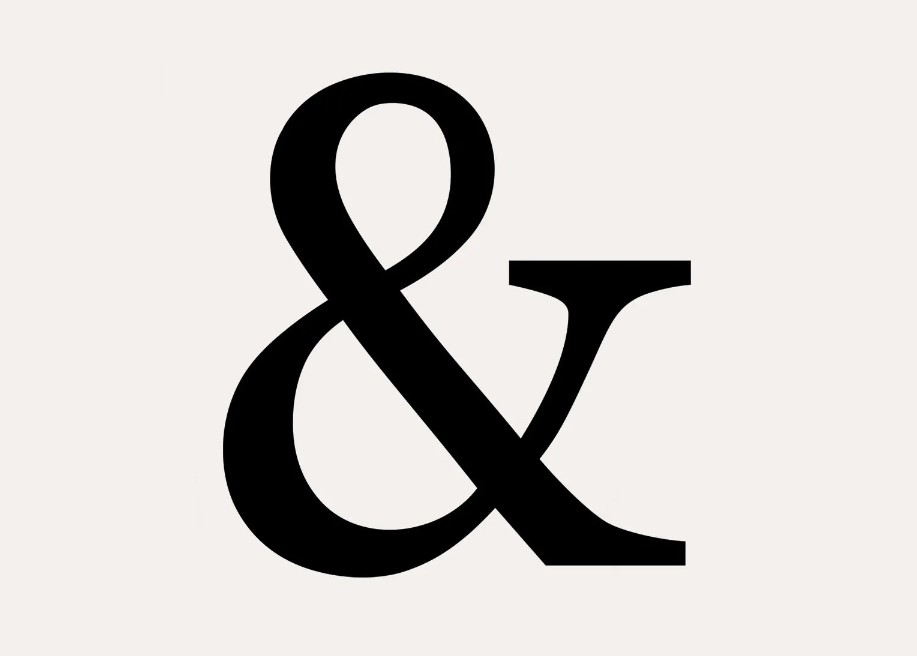
This referenced the ampersand's standalone nature, as the Latin phrase "per se" means "by itself."
However, the ampersand's time as a letter didn't last long. It stopped being widely used and wasn't seen as a full part of the alphabet.
The exact reasons aren't known but standardized spelling and more printed text likely played a role.
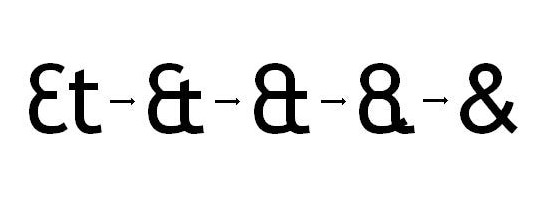
I always knew it was 27, one user said.
Well, this(&) is basically Capital letter S written in cursive and backwards, the second user said.
Until the 1500s we didn't have a J in our alphabet. Some Italian author just made it up, the third user said.
I think people are more stunned that there is no logical reason why the alphabet has to be in order, another wrote.

Despite this, not everyone was convinced with one skeptic arguing, "That is NOT an ampersand, this is an 'and' symbol."
However, the evidence clearly shows the ampersand's evolution from the combination of the letters 'E' and 'T' in cursive writing.
This is a simple mathematical puzzle related to the numbers on a clock face.
A user on social media shared a video showing that each pair of opposite numbers on a clock add up to 13.
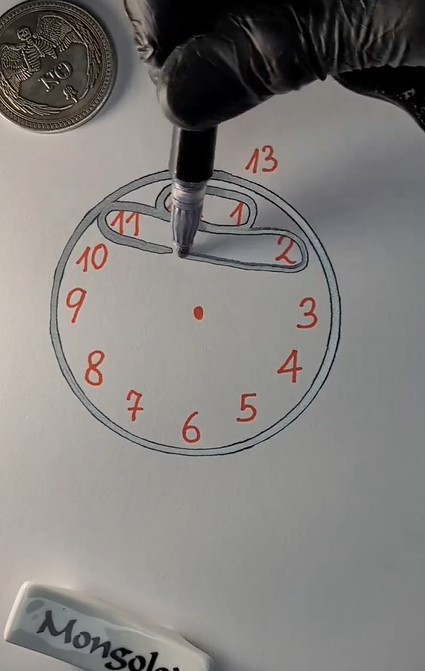
While some people find this pattern straightforward, many others are baffled and skeptical about it.
Some people tried to connect this pattern to calendars like the Gregorian calendar or zodiac signs, but other explanations suggested this was just a random pattern.
However, upon closer inspection, it becomes clear that if you add 1 to one number and subtract 1 from the other, the sum will always be 13. This simple mathematical explanation clarifies the reason behind this pattern.
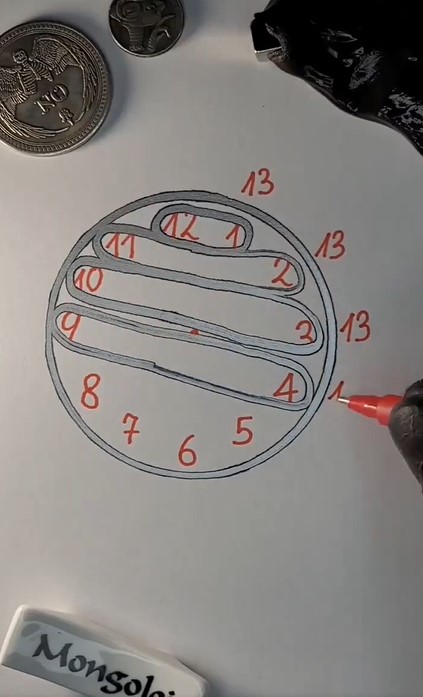
Additionally, some pointed out that if you choose other pairs of numbers like 10 and 1, 9 and 2, etc., the sum would be 11, not 13.
This shows that this pattern only applies to specific pairs of numbers.




